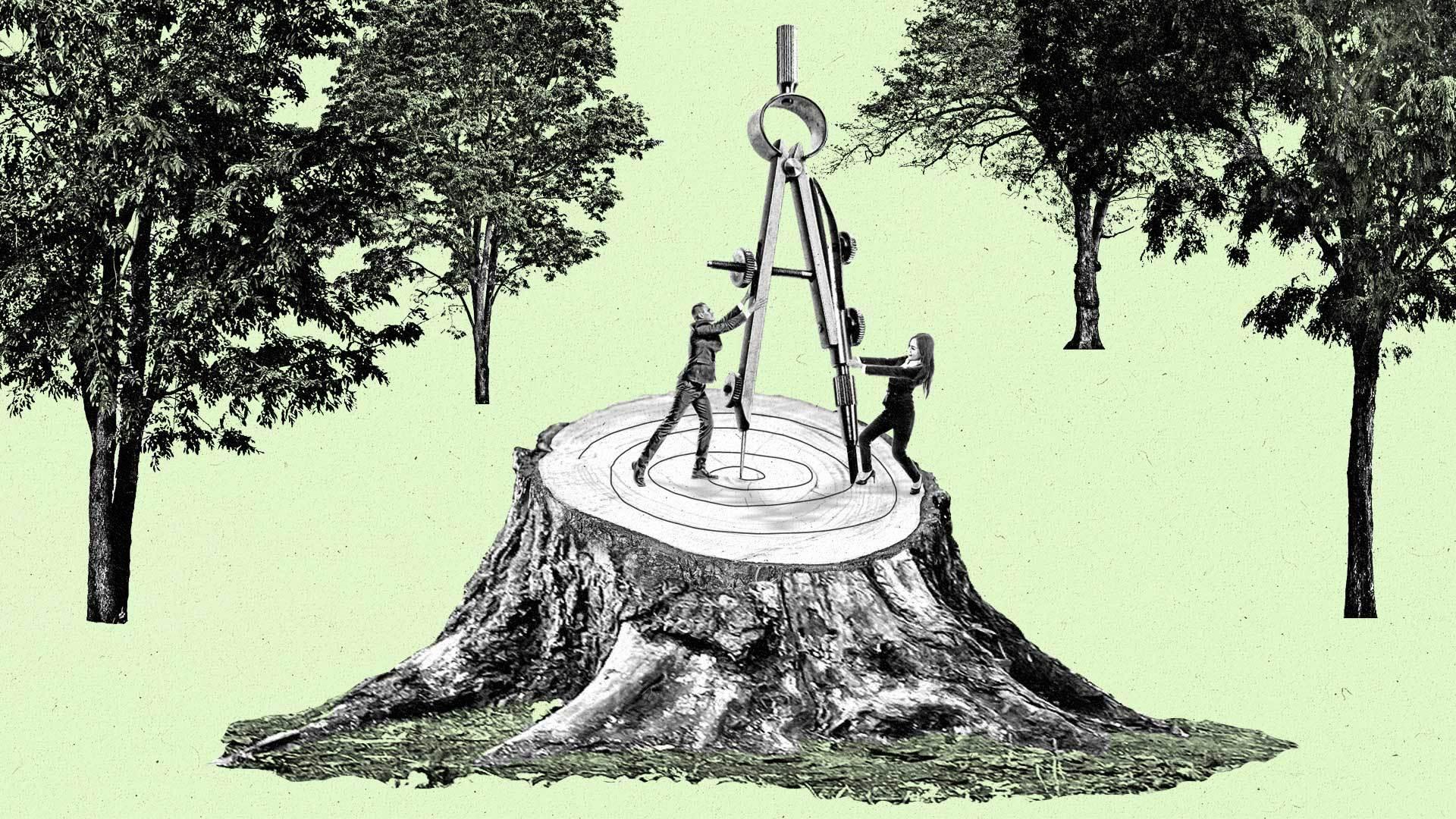Don’t be a Blockbuster: CEOs share how to future-proof your brand

Illustration by Nick DeSantis / Getty / Shutterstock / The Current
Add “future-proofing your brand” to the growing number of items on a CMO’s to-do list.
It’s an issue that has certainly become top of mind for marketers. Peloton CMO Dara Treseder perhaps articulated it best when she recently said, “I know something is coming. I don’t know quite what it is, but how do I build a marketing plan? How do I align my budget to allow me to thrive — whatever that is?”
Future-proofing is when brands strategize for the unknown future, using a combination of intuition, data, and historical precedence. It’s not an easy task, especially when coupled with constant shifts in consumer behavior. The good news: It’s all very much achievable, according to two industry-leading executives who spoke on how companies can future-proof their brand during the recent Collision conference in Toronto.
The now-defunct video-rental chain Blockbuster is a perfect example of what happens when companies do not take the necessary steps to future-proof their brand, said panelist Kristin Luck, CEO and founder of growth strategy firm ScaleHouse, and president of global trade association ESOMAR.
“Twenty years ago, Netflix Co-CEO Reed Hastings was laughed out of the room by Blockbuster executives for trying to sell them his business for $50 million,” Luck tells The Current. “They failed to see streaming as the future of video rentals and by 2010, Blockbuster declared bankruptcy.”
Here, we share several takeaways on how marketers can better prepare for tomorrow.
There’s value in future-proofing
For the uninitiated, Collision Toronto is the younger sibling of The Web Summit, which has been dubbed the “Shark Tank” of technology conferences. More than 35,000 people last week attended the sold-out event in Canada and, like its older brother, it’s where startups go to strike deals with venture capitalists who are searching for the next big thing.
To that end, Luck, who also operates as an investment banker in the marketing and tech services arena, says there’s monetary value in future-proofing your brand. “It increases awareness and interest in the brand,” she said. “So when you go out to find a buyer, people know the brand and they’re familiar with it. You won’t have to educate buyers from day one.”
Back to the future
Panelist Holly Zheng, CEO of BlueFocus International — a massive holding company that primarily operates out of the APAC region — added that both creative and technology need to come together when approaching the issue of future-proofing a brand. She also noted that it’s paramount that marketers keep the human element at the forefront of marketing. “You need to think about what you can do for the brand’s business and the organization itself, as well as how you can impact society,” said Zheng. “If you look at all three of these dimensions and go deeper, eventually, a great brand will future-proof itself while also making a valuable and positive impact.”
Solving for the future also means looking at the past. “For a lot of people, future-proofing your brand is about looking forward,” Luck said. “But what’s interesting is that when you’re trying to predict the future, it helps a lot to look back historically, particularly with data.”
Subscribe to The Current
Identity, identity, identity
It’s no secret that first-party data will be central to almost every company’s strategy, both today and in the near future. Increasing consumer privacy regulation, the expected phaseout of third-party cookies, and changes made by phone manufacturers, such as Apple, have all impacted the way in which brands reach consumers.
So it should be a no-brainer that brands need to start solving for things like identity before it’s too late. Luck emphasized, for example, that brands should clearly communicate the value exchange with their consumers, ask for permission before using data, and plainly articulate what that data will be used for.
“We’re living in a really different time now,” she said. “We’re losing access to some of the advertising capabilities that we’ve traditionally had. We also need to be cognizant of the fact that people understand the value of their data and they don’t necessarily want to give it away for free anymore.”